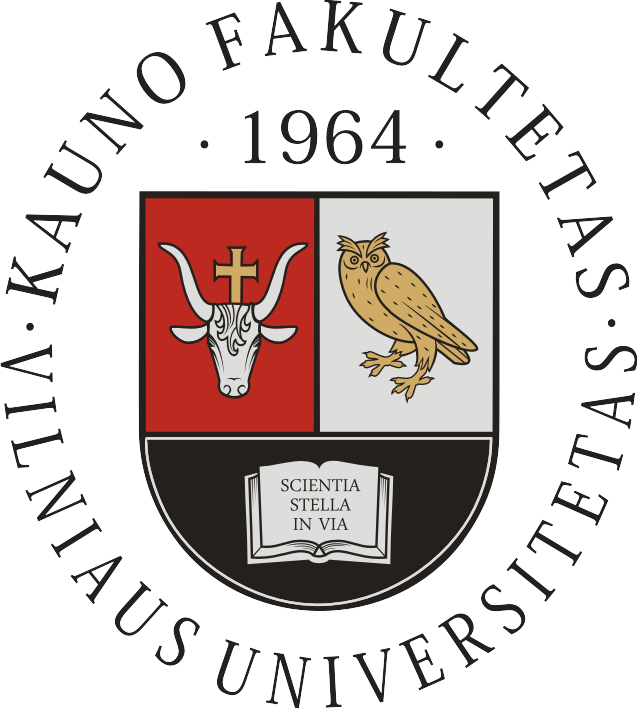Transformations in
Business & Economics
- © Vilnius University, 2002-2016
- © Brno University of Technology, 2002-2016
- © University of Latvia, 2002-2016
Article
THE CONCEPTION AND IMPLEMENTATION OF A MODEL MECHANISM OF CURRENCY CRISES
Piotr Lis, Slawomir Zwierzchlewski
ABSTRACT. On the basis of three main currency crisis models depicted in subject literature, the authors of this work have made an attempt at creating their own conception. As a result, a qualitative cause and effect model has been devised, illustrating the mechanisms of the occurrence and the course of currency crises. This model is independent of the time and place and it includes potential causes of disorder on monetary markets. The authors have identified four major groups of conditions for the emergence of currency crises, i.e. 1) functioning of the financial system, including the quality of supervisory and audit institutions, 2) economic policy, especially the public finance sector debt, the established exchange-rate regime and the level of currency reserves, 3) real sphere factors, including company and household debts in foreign currencies,4) external factors, including an import of crisis from the neighbouring states. The authors have also made an attempt at verifying their qualitative cause and effect model on the example of Poland. According to the authors, a serious imbalance of part of the world's economy in the 21st century, emphasised in the form of the financial crisis and the subsequent economic and debt crises, could be a vital factor facilitating the occurrence of the currency crisis. Nonetheless, an assessment of the model for Poland makes it possible to estimate the risk of the occurrence of a currency crisis, as low. The current exchange-rate regime, Institutions of Supervision and Security in Poland and the level of currency reserves have been concluded to serve as strong crisis-defense factors. The liberalisation of capital flows and public finance sector debt have been assumed to be rather slumpogenic factors. The assessment of the risk of the start of a currency crisis will become greater in the case of Poland's participation in the ERM II mechanism which precedes Poland's accession to the European Monetary Union. In this context, the exchange-rate regime and the level of currency reserves have been regarded as rather slumpogenic factors .
KEYWORDS: currency crisis, conditions for a currency crisis, currency crisis model mechanism, conception and implementation, Poland.
JEL classification: E02, F30, F60.

